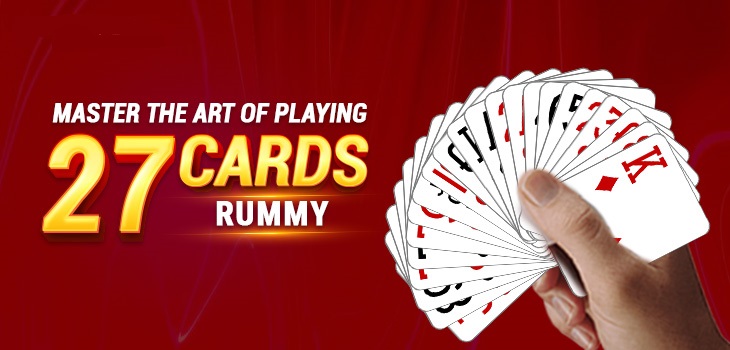Mastering the Art of Rummy: A Comprehensive Guide to the Popular Card Game

Rummy, a classic card game that has stood the test of time, is a favorite among players worldwide. Known for its strategic depth and engaging gameplay, rammy has evolved into various forms, each with its unique set of rules and nuances. The fundamentals of rummy, strategies to enhance your gameplay and the cultural significance of this timeless card game.
I. Origins and Evolution of Rummy
Rummy’s roots can be traced back to the 19th century, with its origins believed to lie in a Mexican game called Conquian. Over the years, the game spread across continents, adapting to local cultures and preferences. Today, it is played in diverse variations, such as Indian Rummy, Gin Rummy, and Rummy 500, each with its distinct rules and style of play.
II. Basic Rules of Rummy
Understanding the basic rules is crucial for anyone looking to enjoy and excel at rummy. The game typically involves a standard 52-card deck, and the objective is to form sets or runs of cards. A set consists of three or four cards of the same rank, while a run is a sequence of three or more cards in the same suit. Players are dealt a set number of cards, and the remaining cards form the draw and discard piles. The game begins with a draw and ends when a player declares by forming valid sets or runs. Points are then calculated based on the cards left in the hands of the other players.
III. Variations of Rummy
One of the charms of rummy lies in its adaptability, leading to various regional and international variations. Indian Rummy, with its 13-card format, is immensely popular in South Asia. Gin Rummy, on the other hand, is widely played in the United States and features a simpler scoring system. Rummy 500, a more complex version, is known for its point-based scoring and intricate strategies.
IV. Strategies for Success
Becoming proficient in rummy requires a combination of skill, strategy, and a dash of luck. Here are some key strategies to enhance your gameplay.
V. Card Dealing Strategy
– Carefully observe the initial cards dealt to you.
– Plan your moves based on the cards in your hand.
– Prioritize forming sets or runs with high-value cards.
VI. Observation and Discard Strategy
– Pay attention to the cards discarded by opponents.
– Use the discard pile strategically to improve your hand.
– Avoid discarding cards that could benefit your opponents.
VII. Melding Strategy
– Prioritize melding pure sequences early in the game.
– Be mindful of your opponents’ strategies and adjust your melding accordingly.
– Keep an eye on the cards picked and discarded by opponents to gauge their potential sets.
VIII. Risk Management
– Evaluate the risk associated with picking cards from the discard pile.
– Calculate the probability of opponents forming valid sets or runs based on their discards.
– Know when to play defensively and when to take calculated risks.
IX. Endgame Strategy
– Plan your endgame carefully to minimize points in your hand.
– Pay attention to opponents’ discards and adapt your strategy accordingly.
– Aim to declare as soon as you have formed valid sets or runs to minimize point accumulation.
X. Rummy in Popular Culture
Beyond its strategic and entertainment value, rummy has carved a place for itself in popular culture. From classic literature to movies and online platforms, the game has been featured in various forms, showcasing its enduring appeal. The depiction of rummy in popular media reflects its ability to bring people together and create moments of tension, excitement, and camaraderie.
Conclusion
Rummy, with its rich history, diverse variations, and strategic depth, continues to captivate players of all ages. Whether you’re a casual player seeking entertainment or a seasoned enthusiast aiming to master the intricacies of the game, rummy offers a blend of skill, strategy, and social interaction. So, shuffle those cards, hone your skills, and embark on a journey to become a true master of the timeless game of rummy.





